
Are you having trouble keeping your hair moisturized? Perhaps it’s because the moisture you get from products isn’t sticking around long enough to make a difference.
If you want to increase your hair’s moisture levels long-term, you need to seal the moisture into your hair. Want to know how to do that? You’re in the right place! In this article, we’ll tell you how to seal moisture into your hair step by step. Let’s get right into it!
Table of Contents
What Does it Mean to Seal In Moisture?
Here, we'll go over the basics for those who may be completely new to the idea of sealing in moisture. When you apply a moisturizing product to your hair, one of two things usually occurs: (1) the product penetrates your hair and moisturizes it from within, or (2) it sits on top of the hair and forms a barrier against moisture loss.
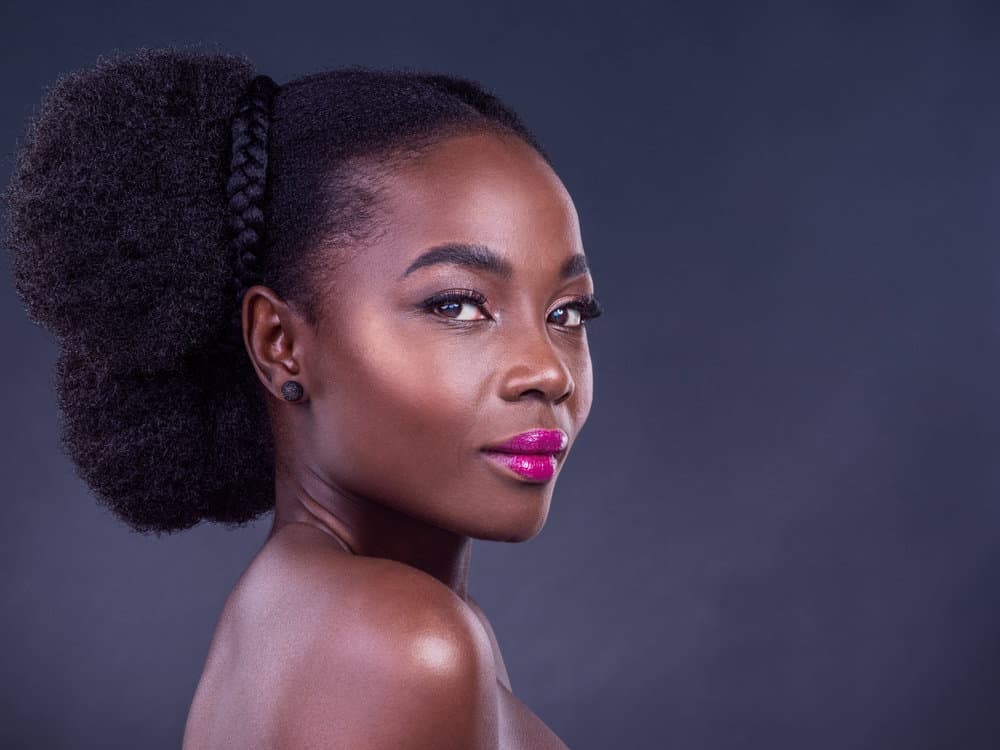
Sealing the moisture into your hair focuses on accomplishing the latter. To seal the moisture in your hair, you’ll apply your hair products in a way that ensures moisture won’t escape your strands right away.
How to Seal Moisture in Hair: Step-by-Step
Moisture sealing has everything to do with your products and how you layer them. Thankfully, sealing in the moisture isn’t nearly as complicated as some might think it is. And we’ll prove it to you here.
One of the most popular ways to lock moisture into the hair is the LOC method. The acronym, LOC, stands for Liquid, Oil, and Cream. You’ll apply these three products specifically in this order for max moisture sealing.
Related Articles:
Prep: Wash Your Hair With a Clarifying Shampoo
Before sealing in any moisture, you’ll want to ensure your hair is receptive to it. If your hair is caked in dirt, excess oils, and product residue, there’s no way that the moisture will be able to penetrate the hair.
So, take the following steps to clarify your strands:
- Hop in the shower and drench your hair with water. Ensure that it’s 100% wet.
- Once you have wet hair, dispense some clarifying shampoo into your hands and rub them together.
- Apply the shampoo to your hair in sections, focusing on the roots of the hair.
- Scrub your scalp with the pads of your fingers in small circular motions.
- After you’ve scrubbed your entire scalp, pull the shampoo down the length of your hair.
- Rinse the shampoo out of your hair.
- Repeat the process if there’s any leftover residue.
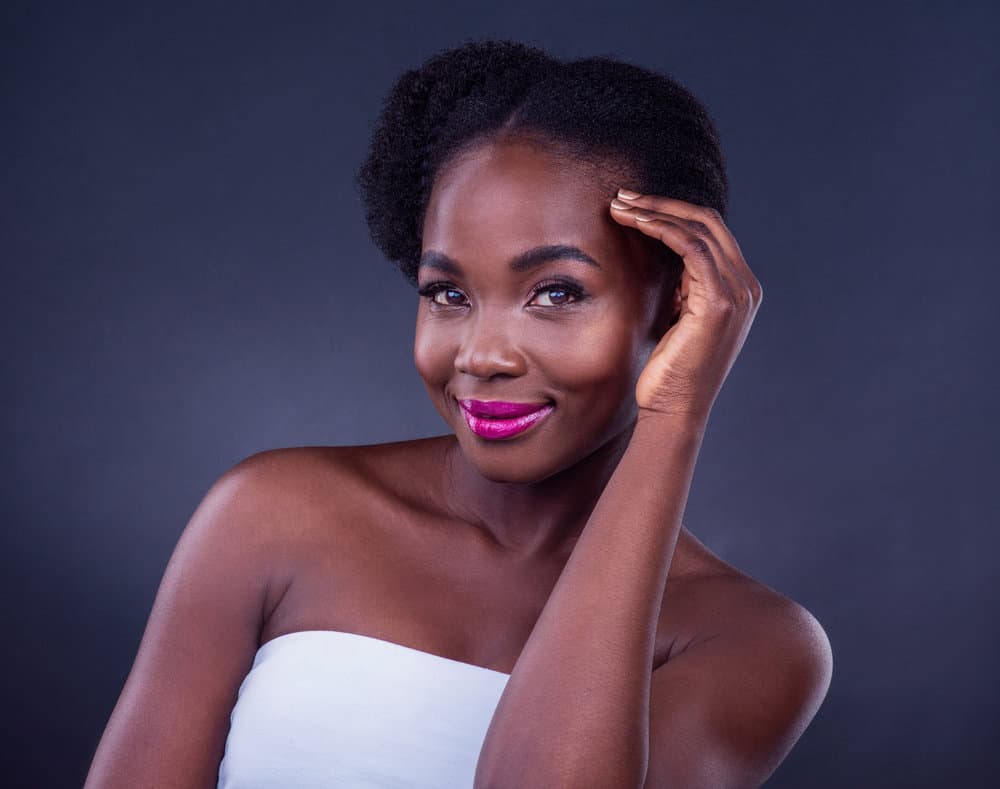
Follow up with a moisturizing conditioner, focusing the product on your roots. Let the conditioner sit on your hair for the amount of time indicated in the conditioner’s instructions.
As you wait, detangle your hair with a wide tooth comb. It'll make the detangling process a walk in the park. Then, rinse the conditioner out of your hair and move to the next step.
Liquid: Add Moisture to Your Hair
Moisturizing your hair with water or a spray leave-in conditioner is a quick and easy way to hydrate your locks prior to sealing. Just make sure that the moisturizer you use lists water as either the first or second ingredient.
That way, you can be sure it’ll be moisturizing to your hair.
Simply dampen your hair with water or spray a leave-in conditioner evenly throughout your strands, focusing on the ends where the hair tends to be driest. Don’t be afraid to be liberal with the moisture - you want your hair to absorb as much of it as possible.
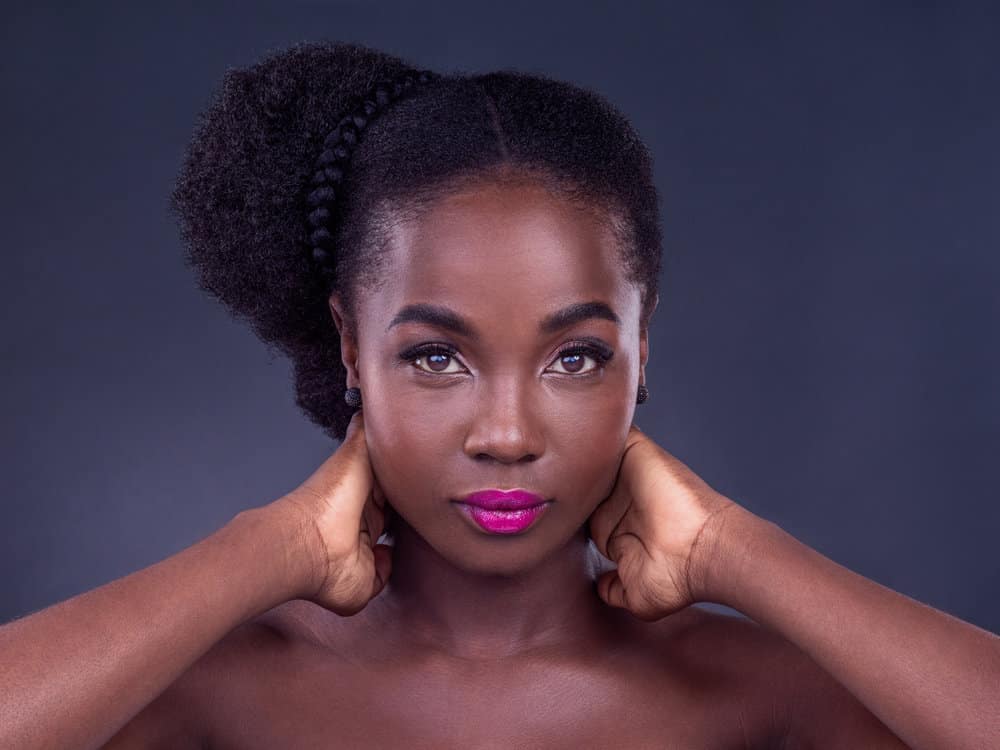
Oil: Slather Your Hair in Oil
With your hair moisturized, you’re ready to move to the next step of sealing - oiling your hair. It will begin to trap that moisture in your strands, so it’ll stay put.
To oil your hair, you can use your favorite oil or go with one of the following:
If you’d like, you can warm up the oil before applying it, but you don’t have to. Just apply the oil starting from the ends.
To ensure that you get the best possible results, you should ensure that you coat all of your strands. To do so, you may need to part your hair in several areas or portion off your hair and apply the oil in sections - it’s up to you.
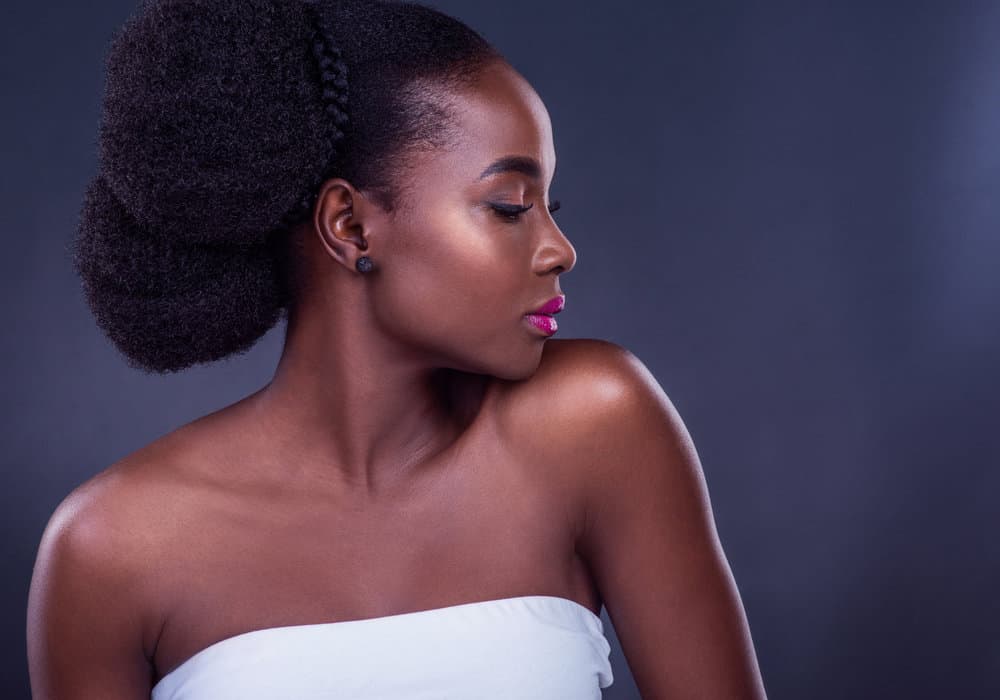
Cream: Apply a Moisturizing Cream or Butter
The oil you applied in the last step will help your hair’s inner moisture stick around. But to seal everything in, you’ll need to apply a moisturizing cream or butter. All it takes is to dispense some of your chosen product into your hands and smooth it through your hair in sections.
Some moisturizing creams and butters can be extremely rich and heavy. If yours is, try not to be too heavy-handed when applying it. The goal is to apply a thin layer of the product onto your strands. There's no need to go overboard.
Now, you can proceed with the rest of your hair care and styling routine.
Note: The LOC method is just one way to seal in moisture. There have been instances where people have found success with switching things up a bit. This is where the LCO (liquid, cream, oil) and LOCO (liquid, oil, cream, oil) methods come in. If you find that the LOC method isn't working, try one of these alternative layering options.
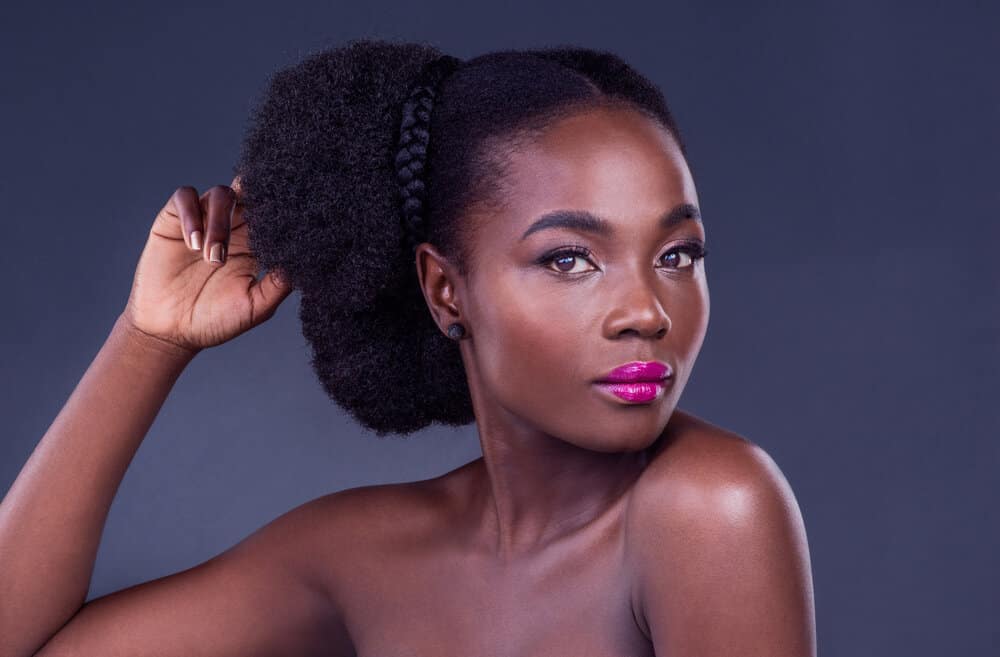
Can You Use Vaseline to Seal Moisture in Hair?
If you're looking for an effective way to keep your hair hydrated and healthy, you might want to consider using Vaseline as the C in the LOC method or on its own as a one-step sealer. This petroleum jelly-based product has been used for decades as a moisturizer for the skin, but it can also work wonders for your hair.
Vaseline is a promising option for sealing in moisture because it forms a protective barrier around the hair shaft, preventing moisture from escaping. To use Vaseline on your hair as a one-step sealer, start by washing and conditioning your hair as you normally would.
Then, while your hair is still damp, apply a small amount of Vaseline to the ends of your hair. Be sure to avoid the roots, as Vaseline can make your hair look super greasy if applied too close to the scalp.
Once you've applied the Vaseline, you can leave it in. Washing it out would be counterproductive. Beware, though, that leaving it in could make certain hair types look greasy or weighed down. It’s for this reason that those with fine or thin hair may not opt for Vaseline to seal in moisture.

How Long Can Moisture Sealing Keep Your Hair Moisturized?
Moisture sealing can keep hair moisturized for a significant amount of time, but the duration can vary depending on a few factors, including the products used, your hair’s porosity, your climate, your styling routine, and more. But, on average, people are able to keep their hair moisturized for up to a week at a time with the LOC method.
Can You Seal Moisture into Locs?
The LOC method can help to seal moisture into your locs, but you should approach the sealing method a little differently than you would if your hair was loose. Since loc’d hair is more prone to buildup, you have to be selective with the products you choose for moisturizing and sealing. Try to avoid products that are likely to build-up on your hair, like those containing silicones or super heavy butters.
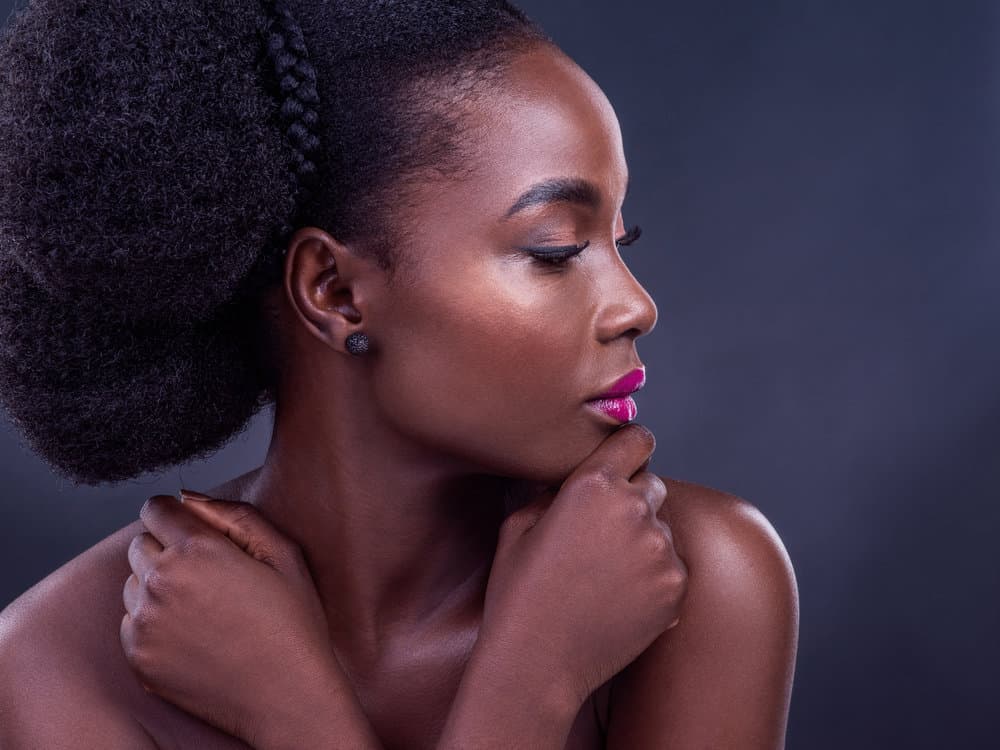
What Can I Use to Seal in Moisture?
A popular choice for sealing in moisture is using natural oils like coconut, argan, or jojoba oil, which are known for their hair sealant properties. These oils penetrate hair strands, providing moisture and nourishment for hair growth.
Oils can be applied after moisturizing your hair with water or a water-based product to lock in the hydration. Hair care products such as creams and butters effectively seal moisture into your hair. Be mindful of the texture and heaviness of the product, as it can vary based on your hair type and needs.
How Do You Seal Dry Moisture in Your Hair?
Layering products using the LOC method is an effective way to seal moisture in your hair. This technique involves applying a liquid (water or a water-based leave-in conditioner), oil (such as coconut, argan, or jojoba oil), and cream (moisturizing cream or butter) in that order. Following this method helps to retain moisture and improve hair texture.
How Do You Seal Moisture in Your Hair Without Oil?
Hair creams and butters can be used as an alternative to oil for sealing moisture in your hair. Sealing moisture in your hair without oil is possible by using a water-based leave-in conditioner or a natural hair sealant like aloe vera gel. Applying these products to your hair after washing can help retain moisture and improve your hair's overall health. Focus on the ends of your hair, where moisture is most needed.
What Product Seals Moisture in Hair?
Natural oils such as jojoba oil, argan oil, and coconut oil are effective products for sealing moisture in the hair. These oils create a barrier on the hair strands, preventing moisture loss and promoting hair growth. Apply the oil to your hair after moisturizing with water or a water-based product for the best results. Moisturizing creams and butters are also excellent products for sealing moisture in the hair.
Does Moisture Help Hair Growth?
Properly moisturized hair is more elastic and resilient, contributing to hair growth by minimizing breakage and split ends. Ensuring that your hair strands receive the appropriate amount of moisture from water, oils, and hair care products can create a healthy environment for growth.
A well-moisturized scalp promotes better blood circulation, providing hair follicles with the necessary nutrients for growth. By focusing on moisturizing and sealing your hair strands, you can create an ideal environment for hair growth, leading to longer, stronger, and more beautiful curls.
- How Many Times Should You Moisturize Your Hair
- How to Moisturize Relaxed Hair
- How to Moisturize Locs
So, there you have it - everything you need to know about sealing moisture into your hair, which is crucial for maintaining healthy and vibrant tresses.
By using the right products and techniques (as explained in this article), you can keep your hair moisturized and protected from damage. We hope that you found all the information you were looking for, and we wish you the best with your hair!




